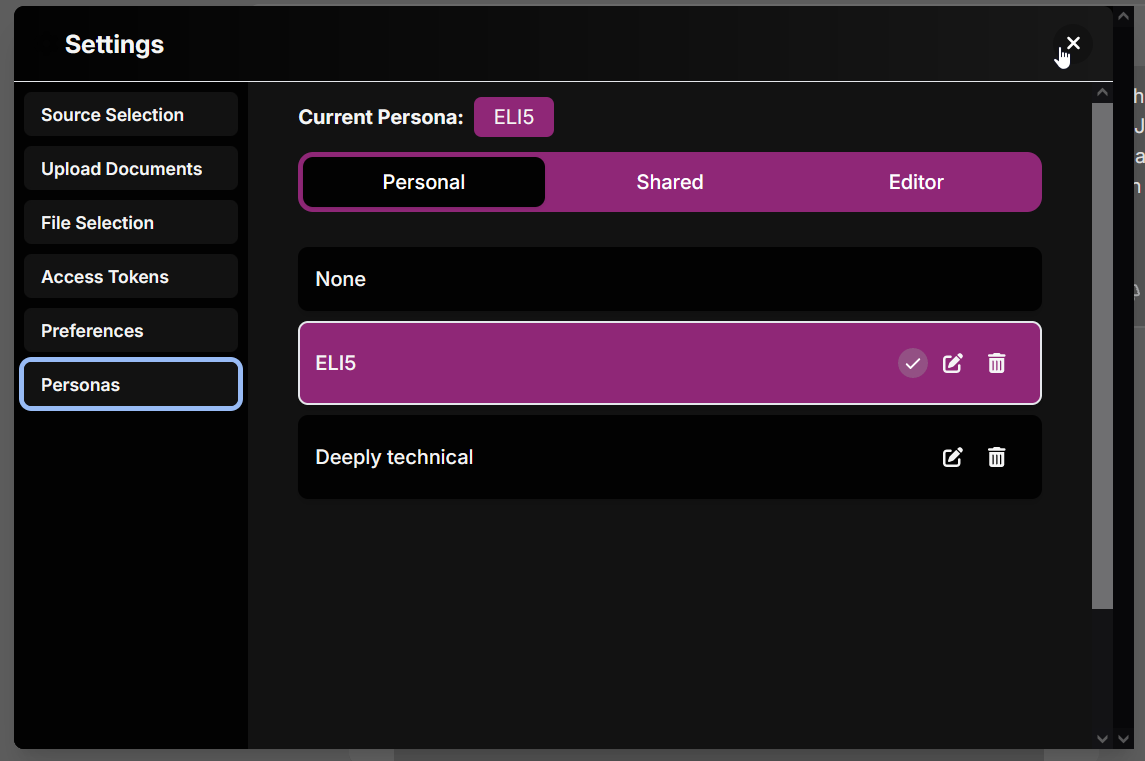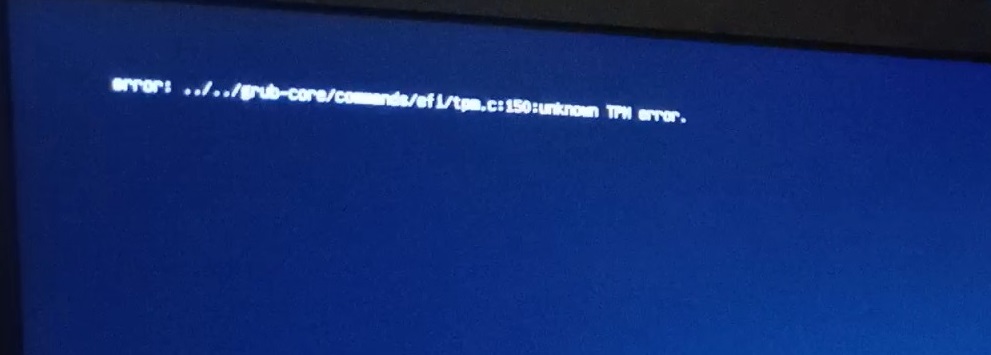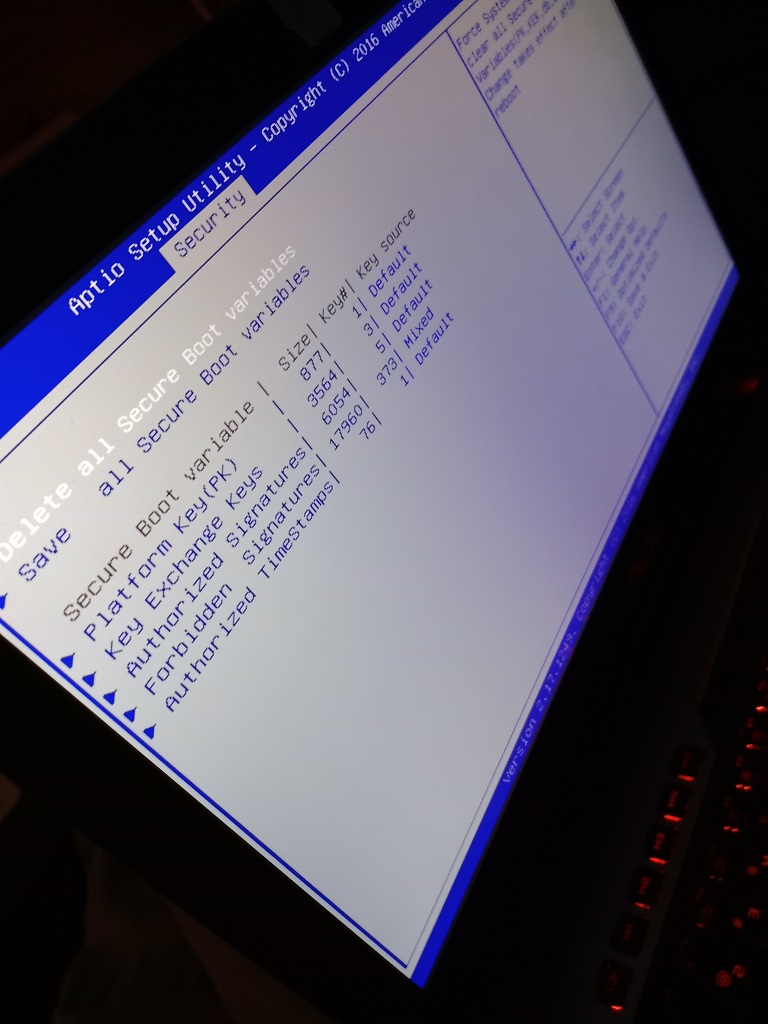I was having a lot of trouble using find/findall when parsing an XML document — turns out the namespace prefixed the tag name … so I needed to find {http://maven.apache.org/POM/4.0.0}groupId instead of just groupId
How do you figure that out? Quickest way, for me, was just to print out all of the tag names.
from lxml import etree
# Load POM XML into tree
tree = etree.parse( strXMLFile )
# # List all element names in XML document
for element in tree.iter():
print(element.tag)






